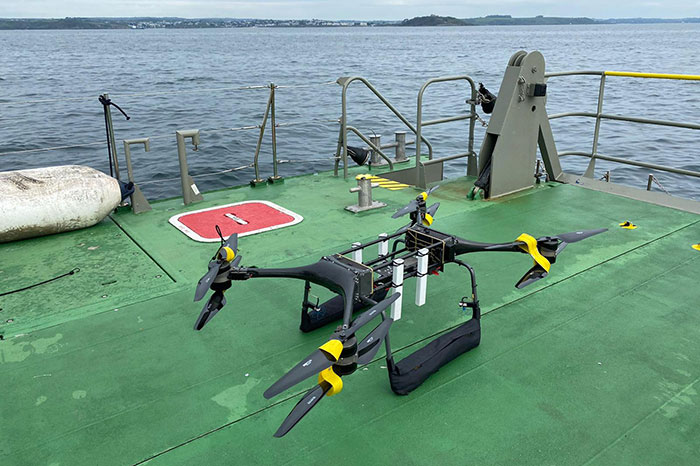The Royal Navy's tech team, also known as NavyX, has been busy recently designing and testing drone systems to rescue those unfortunate enough to have roused the cry 'man overboard'.
In testing waters surrounding Horsea Island, off Portsmouth Harbour, the Navy has successfully deployed drones to locate dummies representing floating humans, and successfully dropped test packages at these locations. In the future, the drone could drop something like a life raft or similar inflatable aid, and remain hovering above the lost at sea victim until rescuers arrive.

Drones such as the heavy lift Minerva T-150 and Minerva T-80 were used in the trials, which were also backed by Defence Equipment and Support (DE&S) and companies Malloy Aeronautics and Planck Aerosystems. Previously, these same drone models have been used in resupplying the Royal Marines in combat exercises in Norway and Cyprus.
From the Royal Navy blog and video, it isn't entirely clear how much of the drone's work is autonomous and how much is guided by a human operator. Ideally the drone could be on deck at all times listening for a characteristic splash or cry for help, take off, alert helpers, drop a dinghy or similar, perhaps with some other life aids, and hover over the unfortunate person in the waters overboard until rescuers arrive. With the job done, the drone should return to its docking area on the ship. One of the NavyX partners, Planck Aero, is a specialist in autonomy, delivering "enhanced capabilities for surveillance, reconnaissance, real-time situational awareness," so hopefully something along these lines is being worked upon.













